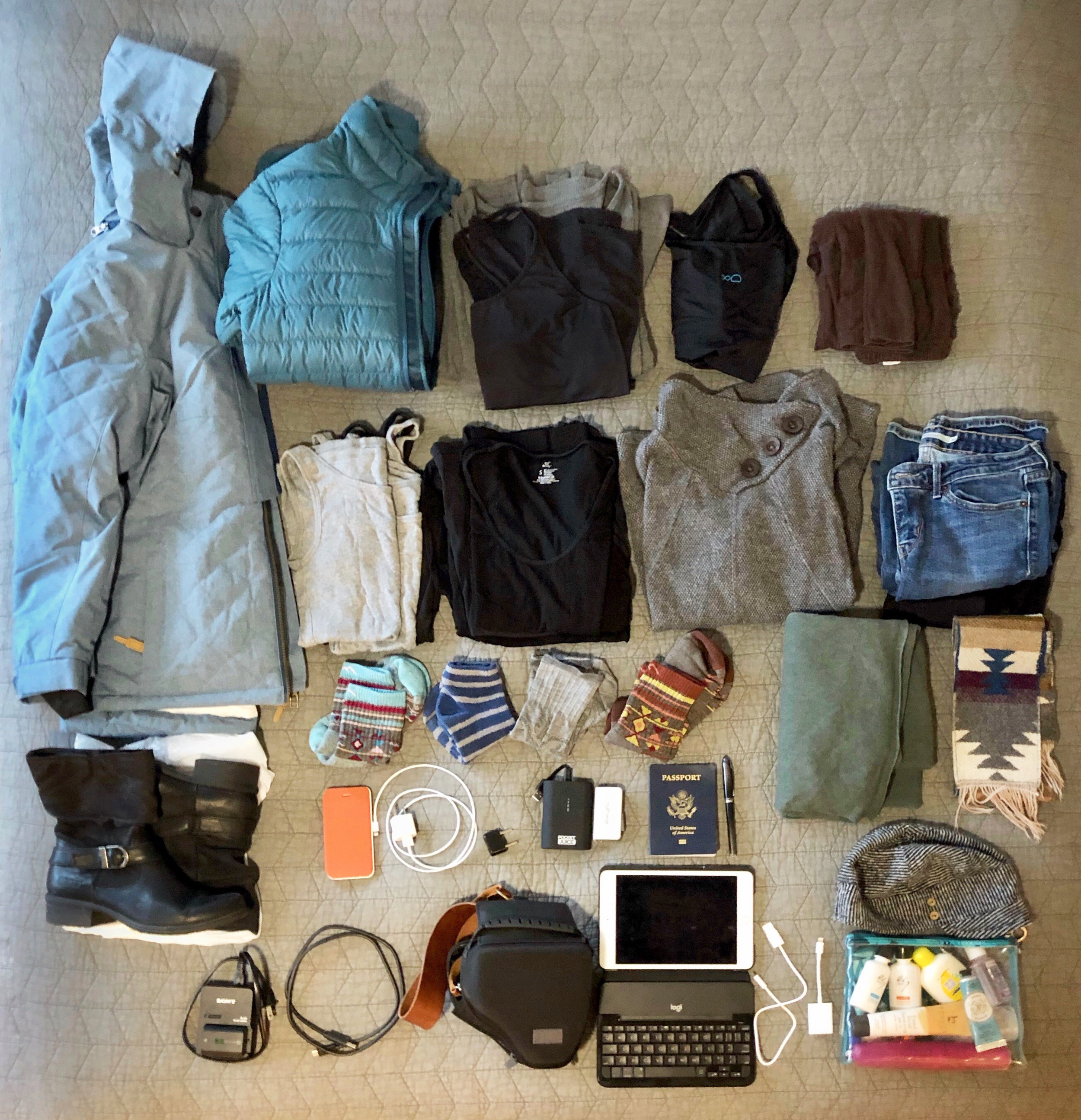I saw the light glowing through the shower curtain and asked my sweetie if he'd put his hand behind it. I never really know why ideas occur to me, but I reserve judgement and follow up with creative whims. That's actually my highest practice - follow the whims. It's always served me well. The thinking mind follows up later with a little analysis. But in the moment...pixels are free, you know?
Here's something that feels important: you don't need a rhyme or reason to make art. Your work doesn't have to refer to art historical movements or critical theories. It doesn't have to be by the book to count. It doesn't have to align with contemporary tastes in the art world (seriously, that just makes your work blend in, and who wants that?). Oh - and you don't have to come up with a well defined, compelling narrative or issue first and then create images to comply with it. You can, if that feels juicy to you. But if it feels burdensome? No problem! Let the images lead the way. See what they have to say for themselves. That's a powerful insight practice, and it often ends up being more interesting than a carefully mapped-out project, anyway.
It's okay for art to be intuitive. It's okay to go with the flow. It's okay to play and experiment with wacky ideas. And, it's okay to not know what the heck you're doing until after you do it. There really are no rules in art. Isn’t that freeing and fabulous?
Onward!






















